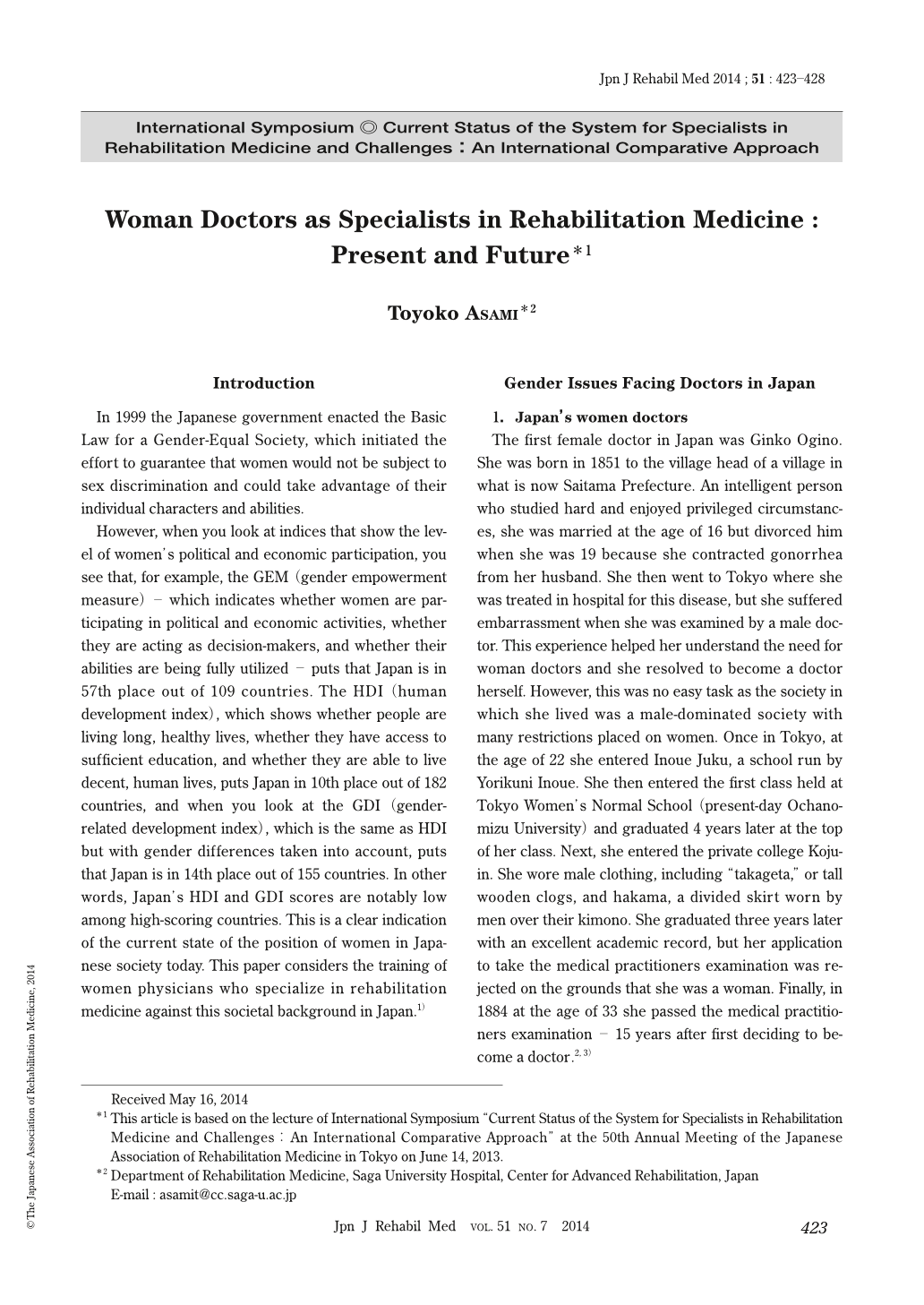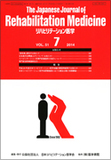Japanese
English
- 販売していません
- Abstract 文献概要
- 1ページ目 Look Inside
- 参考文献 Reference
Introduction
In 1999 the Japanese government enacted the Basic Law for a Gender-Equal Society, which initiated the effort to guarantee that women would not be subject to sex discrimination and could take advantage of their individual characters and abilities.
However, when you look at indices that show the level of women's political and economic participation, you see that, for example, the GEM (gender empowerment measure)- which indicates whether women are participating in political and economic activities, whether they are acting as decision-makers, and whether their abilities are being fully utilized - puts that Japan is in 57th place out of 109 countries. The HDI (human development index), which shows whether people are living long, healthy lives, whether they have access to sufficient education, and whether they are able to live decent, human lives, puts Japan in 10th place out of 182 countries, and when you look at the GDI (gender-related development index), which is the same as HDI but with gender differences taken into account, puts that Japan is in 14th place out of 155 countries. In other words, Japan's HDI and GDI scores are notably low among high-scoring countries. This is a clear indication of the current state of the position of women in Japanese society today. This paper considers the training of women physicians who specialize in rehabilitation medicine against this societal background in Japan.1)
Introduction
In 1999 the Japanese government enacted the Basic Law for a Gender-Equal Society, which initiated the effort to guarantee that women would not be subject to sex discrimination and could take advantage of their individual characters and abilities.
However, when you look at indices that show the level of women's political and economic participation, you see that, for example, the GEM (gender empowerment measure)- which indicates whether women are participating in political and economic activities, whether they are acting as decision-makers, and whether their abilities are being fully utilized - puts that Japan is in 57th place out of 109 countries. The HDI (human development index), which shows whether people are living long, healthy lives, whether they have access to sufficient education, and whether they are able to live decent, human lives, puts Japan in 10th place out of 182 countries, and when you look at the GDI (gender-related development index), which is the same as HDI but with gender differences taken into account, puts that Japan is in 14th place out of 155 countries. In other words, Japan's HDI and GDI scores are notably low among high-scoring countries. This is a clear indication of the current state of the position of women in Japanese society today. This paper considers the training of women physicians who specialize in rehabilitation medicine against this societal background in Japan.1)

Copyright © 2014, The Japanese Association of Rehabilitation Medicine. All rights reserved.


